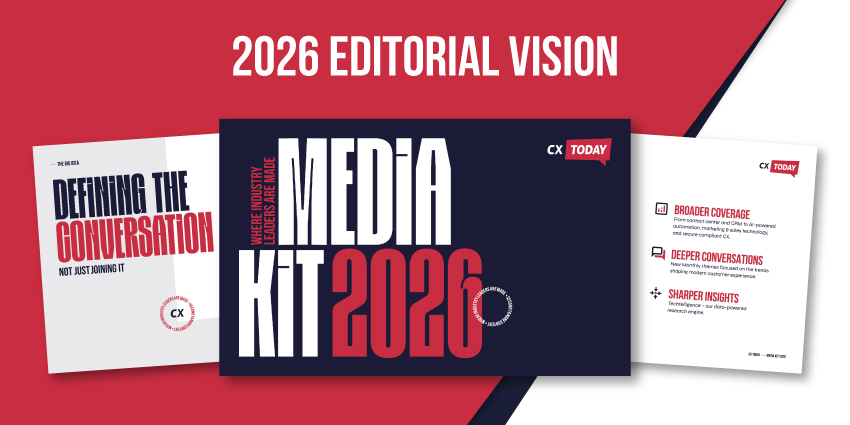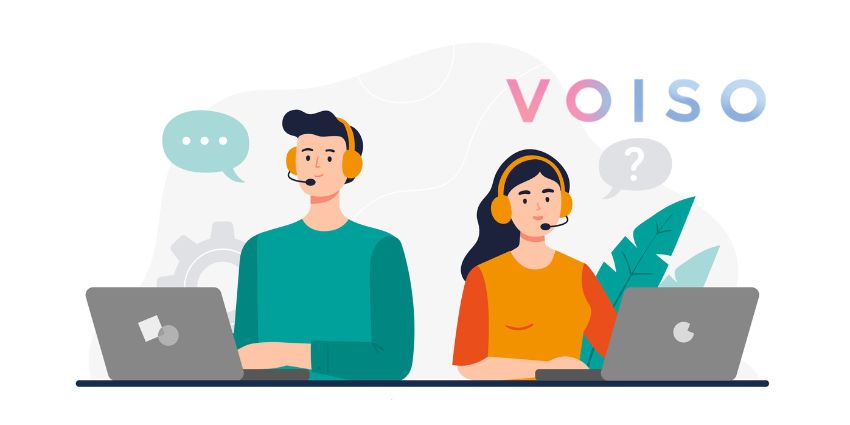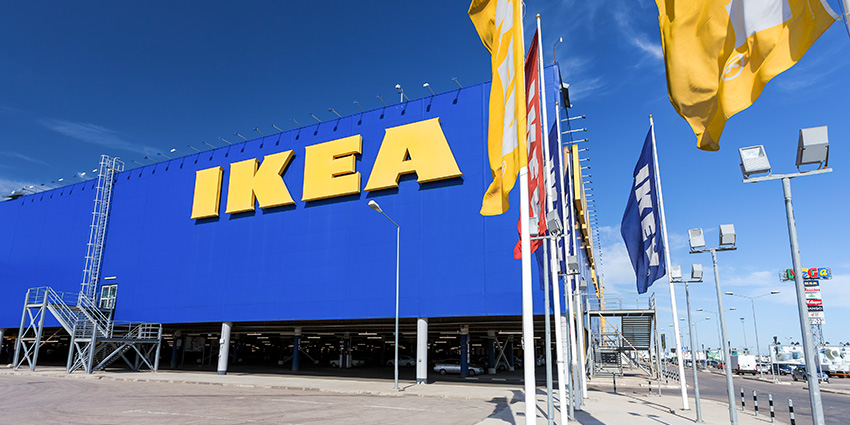Customer feedback has never been more important as businesses wrangle their way out of the COVID-19 pandemic – with just two options remaining; sink or swim. This year has endured the collapse of stores, a threat of another winter lockdown, tiers and yet more restrictions, leaving businesses already battling to get a hold on their CX offerings, uncertain as to what their future holds. It’s safe to say that the grace period where customers would be patient, understanding and empathetic to live agents is over.
The pandemic has affected an array of services and sectors, from financial and banking to retail and health – with service users all requiring different needs and expectations fluctuating. For this reason, Odigo recently sponsored research with the CCMA called Voice of the Contact Centre Consumer 2021. The CCMA interviewed over 2,000 consumers for the first stage of the research. This was then discussed with 13 contact centre leaders. Here, CX Today welcomes Neil Titcomb, Managing Director at Odigo to discuss with us some of the findings.
CX Boost
“COVID shone a light on some of the frailties and the opportunities in the industry to do things differently and better,” Titcomb begins.
This is reflected in the results of the survey, with customers aged 34 or younger almost twice as likely to believe CX has improved since before the pandemic (42%), compared with those aged over 55 (22%). And in terms of a 12-month overview, only a slight increase in consumers say customer service is better today compared with before the pandemic (31%), than those who say customer service has become worse (28%). Echoing Titcomb’s words is Claire Carroll, Head of Sales and Service, Co-op Group.
She said: “The funeral-care business has always been face-to-face. We had to embrace other channels, and customers had to embrace other channels. And they’re actually more impressed with that than they thought they would have been.”
Phone Dominance
One in three (33%) customers expect to use the phone more when engaging with live agents, the study also found, meaning it remains clear this method of reaching out is still dominant. Many businesses worked at lightning speed to introduce digital alternatives such as web chat and chatbots. Web chat is now second only to phone in the findings, so it’s catching up fast.
Titcomb says: “There is there is a perception that we don’t want to speak to anybody anymore and if we can avoid speaking someone, we will. But that’s not true. There’s also a theory that certain demographics of society wanted to use the phone more than others and even that seems to be not so true. So whether you’re a Generation Z, or you’re a baby boomer, and arguably for many different inquiry types of reasons, you are still naturally reaching for the phone.”
But what about self-service? According to the research, the willingness of customers to self-serve their queries jumped a staggering six percentage points to 46% in a tiny six-month period. Yet consumers still prefer live assisted channels compared with automated ones.
Titcomb explains: “I think there was an attitude that self-service was used as a last resort, it was typically seen as quite an effective and something a company would try to do to prevent you talking to them. It was often seen as overly complex, because you had to give so much information and find out you couldn’t get the answer you wanted.”
Titcomb adds: “A takeaway from the survey that interested me was that not everybody is wanting to embrace new technology and new channels, which is not necessarily a surprise, but it highlights the fact one size absolutely does not fit all. It’s so true, and so many companies don’t appreciate that and don’t set up a process or service for that.”
The Challenges We Face
When it comes to contact centre battles still to be fought, 37% of those who have been in touch with an organisation for customer service in the past four months report they were made to wait too long.
Michael Sherwood, Head of Digital Experience, Atom Bank, who also participated in the study adds his opinion to this statistic.
He said: “My experience as a customer was that the level of service was vastly different, depending on whom I spoke to. And my propensity to repeat call as a result increased.”
The findings also state that 33% reported they had to repeat their query more than once, a huge bugbear for any customer, while 22% of customers abandoned their calls altogether. And in terms of demographics, consumers aged 35-54 are twice as likely to say they abandoned a call (25%) as those aged 55+ (13%).
Titcomb says: “That’s what we have to challenge and we’ve all been there, right. But that’s just not good enough. And for a company, it cost them more money, because the cost to serve is doubled and duplicated.”
Feedback Itself
When it comes to customers actually providing that all-important feedback, almost twice as many say that they will complete a survey after a good experience (32%) than after a bad one (17%).
Titcomb says: “I think, fundamentally, as I’ve alluded to, COVID-19 has really identified so many weaknesses in the business in the industry. Many had less staff and twice as many calls in the first three months of COVID. That first of the month showed us that consumers were accepting of waiting longer because they were sympathetic to the situation and the business. But that went away by July last year, and it was all normal services, with many consumers thinking ‘you should have got your act together by now”, frankly.”
Titcomb is more than correct here. Companies welcomed a period of a few months after March 2020 whereby customers were sympathetic to their circumstances, with many firms citing an increase in customer call times to those in isolation simply wanting to hear another person’s voice. Customer feedback was generally positive during this time. But when businesses continued to blame COVID for continuous delays, lengthy hold times and general errors being made by the summer, that grace period came to an abrupt end. The result? A spike in negative feedback.
To summarise, the research has proven that customers and their requirements in terms of CX are never all and one the same. But while each vertical market is battling to not only retain but gather new customers, so re the needs of consumers. The challenge is to keep up with customer demand while taking advantage of the information provided when asked for feedback.






